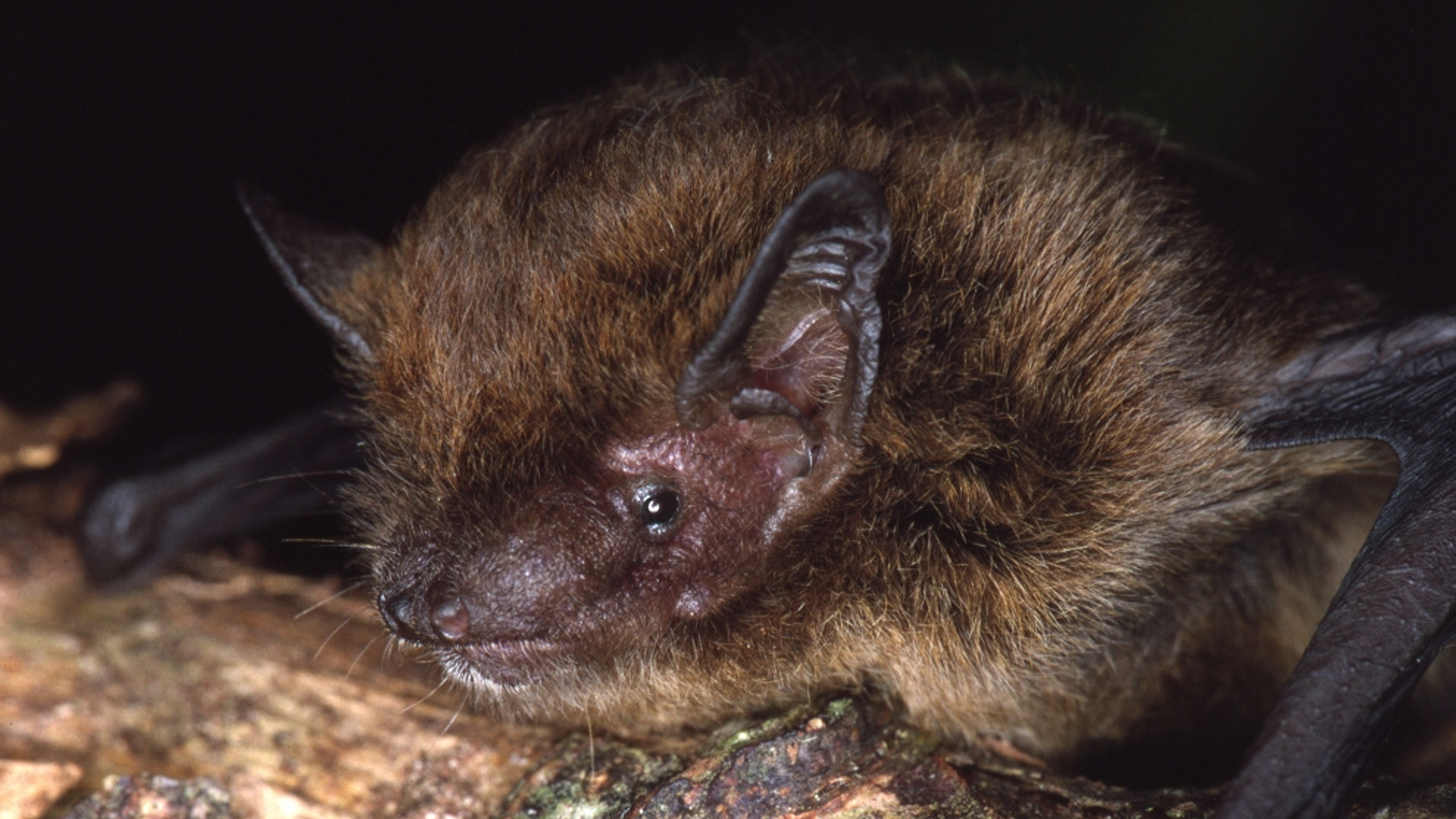The news came eight years too late.
This week the IUCN announced that the Christmas Island pipistrelle bat (Pipistrellus murrayi) had officially been declared extinct.
This, sadly, was not exactly news to those who have followed this species. I wrote about the pipistrelle bat three times in 2009, a critical year when conservationists struggled in vain to prevent the species’ extinction.
Here’s what I wrote in February, 2009:
It’s been a rough few years for this tiny Australian microbat. Once fairly common on its home island, populations have dropped dramatically in the last decade, first to 100 bats in 1994, then to 54 three years ago. Today, according to Lindy Lumsden, a research scientist at Australia’s Department of Sustainability and Environment, there may be just 20 left. Lumsden now warns the Christmas Island pipistrelle may be extinct in as little as six months if the current rate of decline continues.
At the time, Lumsden proposed collecting the last 20 bats from the wild and breeding them in captivity in order to prevent their extinction.
That didn’t happen, as I wrote three months later:
An attempt to capture and breed bats from a similar species has, so far, failed. The bats have proven to be almost impossible to catch, and even harder to keep alive. Just two bats were captured, but one has since died.
By that time, experts worried that the Christmas Island species had already fallen to just four individuals.
Then, in September, Lumsden’s six-month extinction prediction proved accurate and all hope appeared to be lost:
Eight scientists, along with volunteers from the Australasian Bat Society, spent the last four weeks on Christmas Island…but were unable to capture a single bat.
Now, eight years later, conservationists have finally given up on the Christmas Island pipistrelle. According to the species’ listing on the IUCN Red List, the last known bat of its kind “disappeared on 27 August 2009 and no individuals have been located since, despite extensive searching using proven techniques.”
So what caused this extinction? No one knows for sure, although we have a few clues. Christmas Island, an Australian territory in the Indian Ocean, faces numerous ecological problems which have affected both the bat and other native species and have caused at least one other likely extinction. According to an IUCN press release, the pipistrelle’s extinction “may have been a combination of increased predation by introduced species, impacts of invasive Yellow Crazy Ant (Anoplolepis gracilipes) on its habitat and on its invertebrate prey species, or possibly an unknown disease.”
It’s actually fairly rare to see extinctions happen as visibly as with the Christmas Island pipistrelle. Perhaps its disappearance — and now its confirmed extinction — can serve as a warning to help protect other rare species before it becomes too late to save them.
Also in The Revelator:
The Fungus Killing America’s Bats: “Sometimes You’ll See Piles of Dead Bats”



Such a shame.
This made me shed tears. An innocent inhabitant of this earth has now disappeared. Extinction is forever and this darling little mammal is lost to us. When will we human mammals learn?
Today is Rosh HaShanah Jewish New Year which is described as HaYom Harat HaOlam – today is the Birthday of the World. I am sad that a fellow creature on Spaceship Earth is no longer with us. May we protect ever more hhvigilantly all the inhabitants of our Planet. Christmas Island pipistrelle bat RIP.
One more innocent creature gone! Honestly, it seems anymore, the only species that’s deemed “important” is the human one. Once thought to be the dominant one above all the rest! I wonder just how long we would survive without all the rest of these wonderful fascinating creatures? And frankly, would we want to?